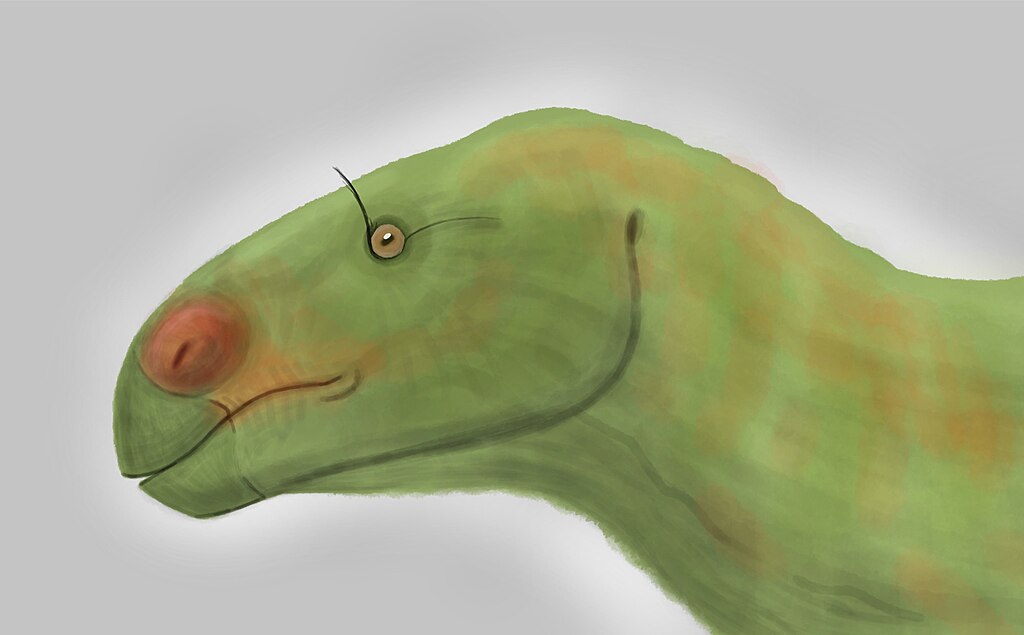Dr. Alan Grant, the rugged paleontologist portrayed by Sam Neill in the Jurassic Park franchise, has become an enduring cultural icon for dinosaur enthusiasts and science lovers alike. His character, with his trademark hat and skeptical demeanor, bridges the gap between scientific accuracy and Hollywood entertainment. Throughout the films, Grant’s dialogue often reflects real paleontological concepts, even as the franchise takes creative liberties with science. For fans of paleontology, Grant’s most memorable quotes resonate on multiple levels—they’re not just clever movie lines but often contain kernels of scientific truth or represent shifting paradigms in our understanding of prehistoric life. Let’s explore the most iconic Alan Grant quotes and examine why they continue to captivate paleontology enthusiasts decades after they were first uttered.
“That doesn’t look very scary. More like a six-foot turkey.”

This memorable exchange between Dr. Grant and a young skeptic at his dig site sets up one of the most educational moments in the original film. When the boy dismisses velociraptors, Grant launches into a vivid description of raptor hunting behavior, effectively terrifying him. For paleontology fans, this scene represents something profound—the evolving understanding of dinosaurs as active, intelligent predators rather than slow, lumbering reptiles. The “six-foot turkey” line marks a pivotal moment in popular culture when the public consciousness began shifting toward viewing dinosaurs as more bird-like, agile creatures. Interestingly, while Jurassic Park’s raptors were significantly larger than the actual Velociraptor (which was indeed closer to turkey-sized), the film helped popularize the bird-dinosaur connection that paleontologists had been establishing since the 1970s. Today, this scene is celebrated for helping to modernize the public perception of dinosaurs despite its scientific inaccuracies.
“Try to imagine yourself in the Cretaceous Period…”
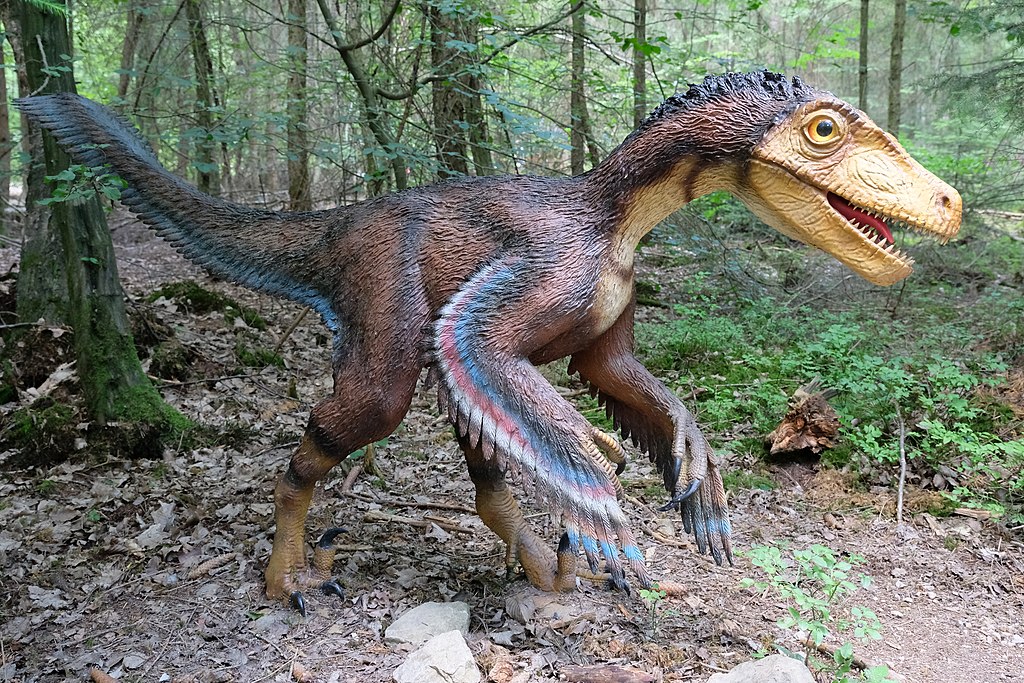
Grant’s vivid description of a velociraptor attack to the skeptical child continues with this transportive line, inviting both the boy and the audience to mentally time-travel. This quote has become beloved among paleontology fans because it exemplifies what draws many to the field in the first place—the ability to reconstruct and visualize extinct ecosystems through scientific evidence. The way Grant brings the Cretaceous Period to life, describing not just the raptor’s appearance but its behavior, hunting strategies, and intelligence, mirrors how paleontologists must use both hard evidence and informed speculation to understand prehistoric life. The scene demonstrates the scientific process of building behavioral models based on physical evidence, something paleontologists do regularly. For many professionals in the field today, this scene was their first exposure to the detective-like nature of paleontology, where fragments of evidence must be assembled into coherent narratives about extinct animals.
“Dinosaurs and man, two species separated by 65 million years of evolution, have just been suddenly thrown back into the mix together. How can we possibly have the slightest idea of what to expect?”
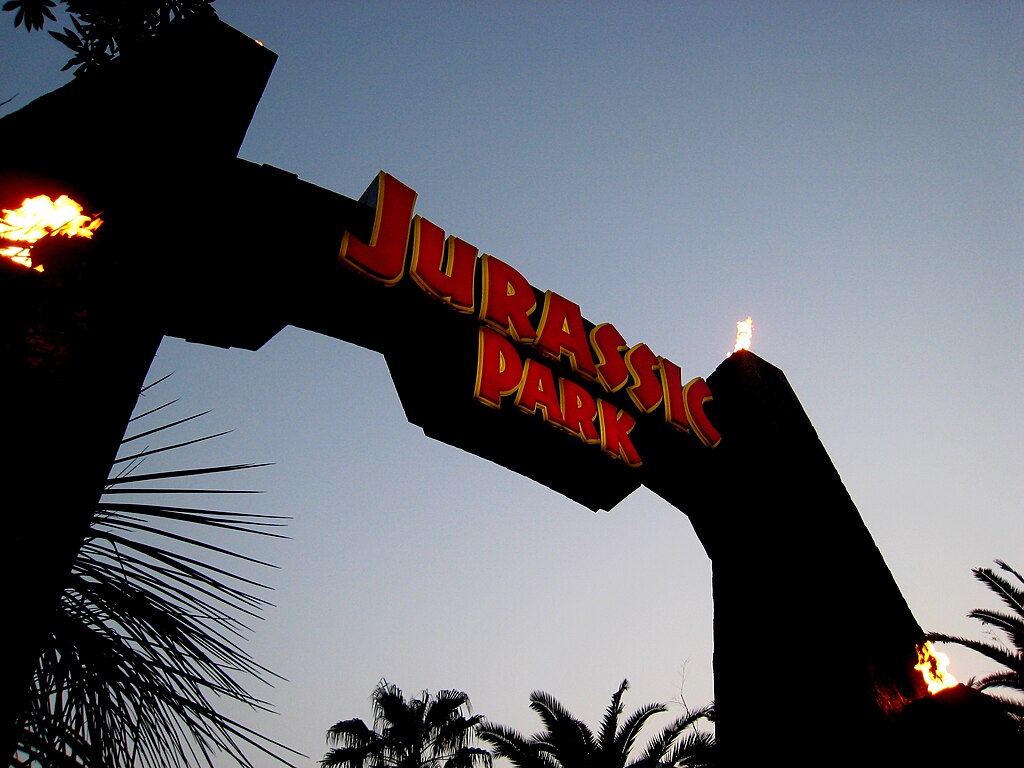
This quote encapsulates the hubris theme running throughout Jurassic Park, highlighting the unpredictability of reintroducing extinct species into modern ecosystems. For paleontology enthusiasts, this line speaks to the fundamental limitations of our knowledge about extinct animals. No matter how much fossil evidence we gather, how sophisticated our analytical techniques become, or how detailed our reconstructions are, we can never completely know how these animals behaved in life. The 65-million-year gap (now updated to about 66 million years) represents not just a timeline but an epistemological chasm. Paleontologists appreciate this quote because it acknowledges the humility required in their field—the recognition that fossil evidence can tell us much, but not everything. The line also foreshadows modern concerns about de-extinction technology and the ecological consequences of reintroducing extinct species, a debate that has gained relevance with advances in genetic engineering.
“Kids! You want to have one of those?”
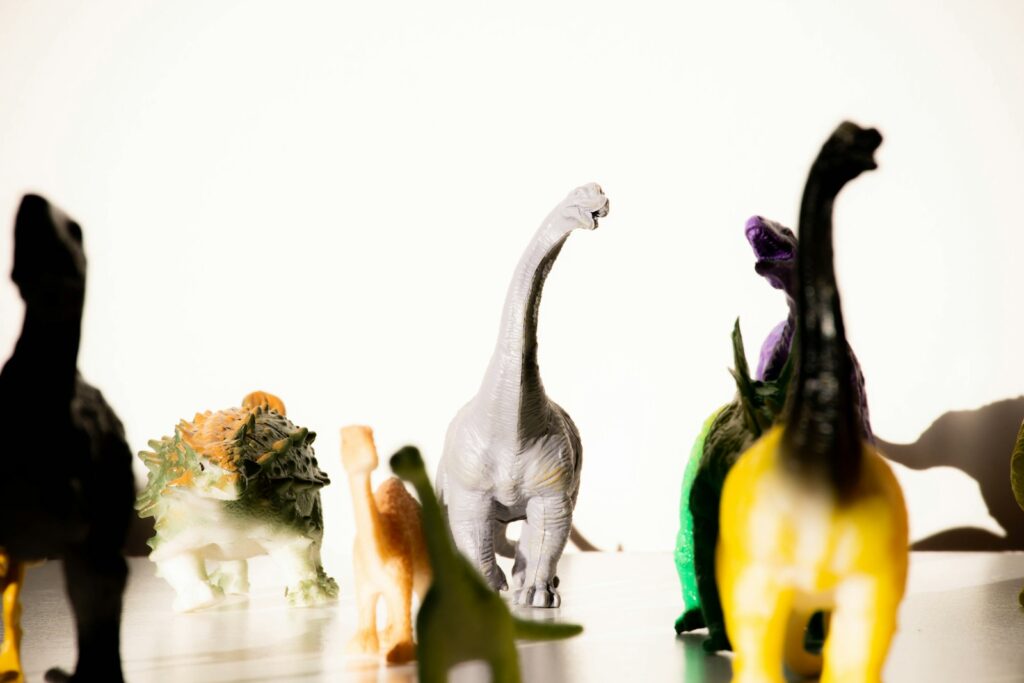
Grant’s initial discomfort with children provides an interesting character arc throughout the film, culminating in his protective relationship with Tim and Lex. For paleontology fans, this aspect of Grant’s character reflects something relatable about their field—the tension between loving creatures that fascinate children while sometimes struggling with actual children’s boundless energy and curiosity. Many paleontologists enter the field because of childhood dinosaur obsessions, yet find themselves primarily communicating with other specialists rather than engaging in public education. Grant’s transformation from being annoyed by children to becoming their protector parallels many real paleontologists’ journeys from specialized researchers to public educators and advocates for science literacy. His initial resistance but eventual embrace of his role as a mentor symbolizes how experts in niche scientific fields often discover the importance of public engagement and inspiring the next generation. The line has become an inside joke among paleontologists who find themselves surrounded by enthusiastic children during museum events or field expeditions.
“They should all be destroyed.”

When Grant first sees living dinosaurs and expresses amazement, Malcolm reminds him of his earlier statement that the animals should be destroyed. This contradiction captures the complex emotions many paleontologists might feel if extinct animals were actually revived. The ethical dilemma presented here—between scientific curiosity and ecological responsibility—resonates with real concerns in the scientific community. While paleontologists dedicate their lives to understanding extinct creatures, most would likely oppose reckless de-extinction efforts that disregard ecological consequences. This line highlights the distinction between studying the past and interfering with natural processes, a boundary that becomes increasingly relevant as genetic technology advances. For fans of paleontology, this moment in the film represents the conflict between the childhood wonder that often draws people to dinosaurs and the adult scientific responsibility that guides professional research. Grant’s initial reaction shows how even the most responsible scientist might be momentarily overcome by the opportunity to observe living specimens of animals they’ve only studied as fossils.
“I bet you’ll never look at birds the same way again.”
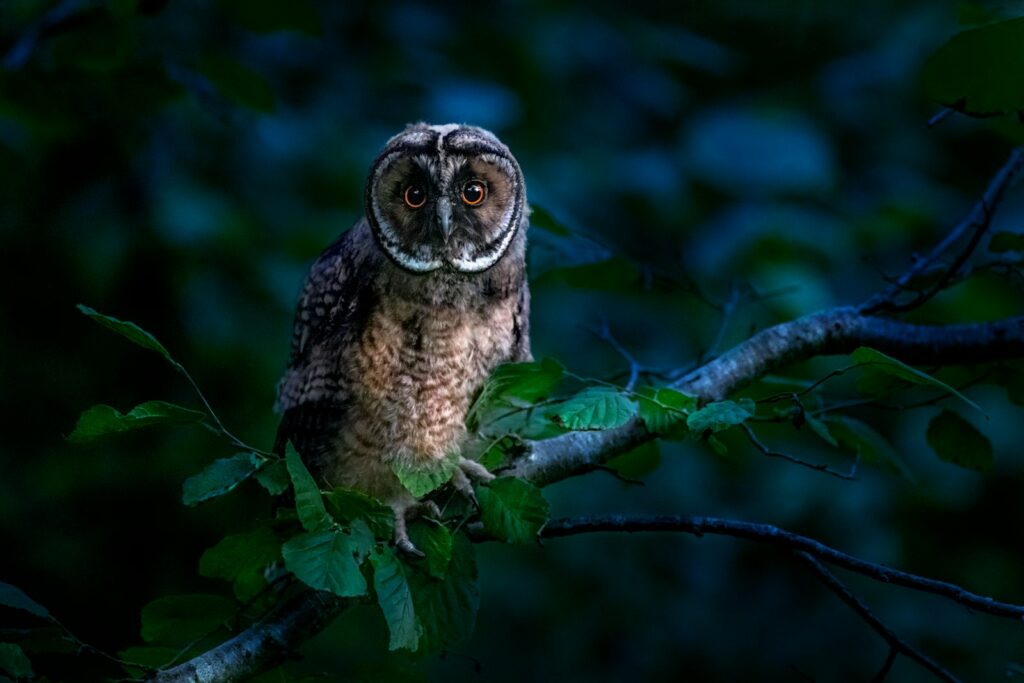
This statement to Tim, after they’ve survived the tree scene with a Brachiosaurus, represents one of the most scientifically accurate concepts in the film. The evolutionary connection between birds and theropod dinosaurs has become one of the most solid and significant developments in paleontology over the past decades. When Jurassic Park was released in 1993, the bird-dinosaur connection was still gaining mainstream acceptance; today, it’s considered established science that birds are essentially living dinosaurs. Paleontology enthusiasts appreciate this line because it subtly incorporates legitimate science into the narrative and has proven prophetic about public perception. Since the film’s release, scientific discoveries have continued to strengthen this connection, with countless feathered dinosaur fossils discovered in China and elsewhere. For many fans, this quote has taken on additional meaning as our understanding of dinosaur appearance has evolved to include feathers, colors, and behaviors that make the bird connection even more apparent. Grant’s line encourages viewers to see the extraordinary in the ordinary—to recognize that dinosaurs didn’t completely go extinct but continue to thrive in modified form all around us.
“Dinosaurs eat man. Woman inherits the earth.”

While technically Ellie Sattler’s line, Grant’s amused reaction to this quip makes it part of a memorable exchange between the two paleontologists. The humor in this moment speaks to something paleontology fans appreciate—the ability to maintain scientific camaraderie and wit even in tense situations. The line has become a favorite among female paleontologists in particular, who have historically been underrepresented in the field. Though the gender balance in paleontology has improved since Jurassic Park’s release, with more women entering the discipline at all levels, the field still faces challenges with inclusion and representation. Grant’s supportive relationship with Sattler as an equal colleague, rather than an assistant or subordinate, was somewhat progressive for early 1990s cinema and provided a positive model of scientific collaboration. For many women who entered paleontology in the years following the film’s release, Sattler’s character and Grant’s respect for her expertise represented the possibility of being taken seriously in a traditionally male-dominated field.
“They were smarter than dolphins or whales. They were smarter than primates.”

Grant’s assessment of velociraptor intelligence in the original film significantly exaggerates their cognitive abilities based on brain-to-body ratios and comparative neurology, but it reflects an important shift in dinosaur perception. For paleontology enthusiasts, this line represents the moving target of scientific understanding about dinosaur intelligence. While modern paleontologists would consider this statement hyperbolic, the general direction—recognizing dinosaurs as potentially more intelligent than previously thought—aligns with evolving research. Brain endocasts and comparative studies with birds have suggested that some theropod dinosaurs possessed relatively advanced cognition for their time, though not at the level Grant describes. The line has inspired discussions among fans about the limitations of inferring intelligence from fossil evidence and the challenges of comparing cognition across vastly different evolutionary lineages. Some paleontologists have pointed out that this exaggeration, while scientifically inaccurate, helped combat the outdated “dinosaurs as dim-witted failures” narrative that dominated earlier popular culture, replacing it with a more nuanced understanding of dinosaur adaptation and success.
“Most dinosaurs didn’t know they even had a second brain.”
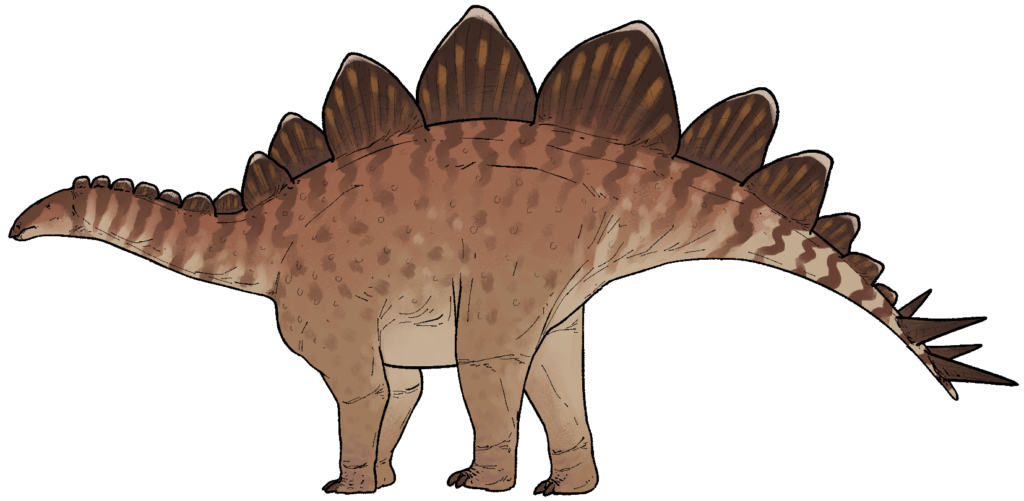
Grant’s offhand comment about dinosaur “second brains” reflects a once-popular but now-debunked theory in paleontology. Large dinosaurs like Stegosaurus were thought to have had a neural ganglion in their hip region to help control their back legs due to the distance from the brain. For paleontology enthusiasts, this line has become an interesting example of how scientific understanding evolves. What was presented as fact in 1993 is now recognized as inaccurate—these structures were more likely glycogen bodies similar to those found in modern birds, not secondary neural control centers. The persistence of this misconception in popular culture illustrates how difficult it can be to update public knowledge once a compelling idea takes hold. Paleontologists often use this line as a teaching moment about scientific self-correction, explaining how improved fossil evidence and comparative anatomy have refined our understanding. For many fans, tracking how the science in Jurassic Park has aged—which concepts have been validated and which disproven—is part of the ongoing engagement with both the franchise and paleontology as a discipline.
“That’s not a monster. It’s just an animal.”

This line from Jurassic Park III encapsulates a core principle that drives many paleontologists—the desire to understand extinct creatures as real animals rather than movie monsters. When Grant corrects Billy’s characterization of the Spinosaurus, he’s expressing a sentiment that many paleontologists feel when they see dinosaurs portrayed as mindless killing machines rather than complex organisms adapting to their environments. This perspective reflects the shift in paleontology toward studying dinosaurs within ecological contexts, examining their roles in ancient ecosystems rather than isolating them as curiosities. For paleontology enthusiasts, this quote represents the field’s maturation from collecting impressive specimens to reconstructing prehistoric food webs, behaviors, and environmental interactions. The distinction between “monster” and “animal” also highlights the tension between sensationalism and scientific accuracy that has always characterized dinosaur depictions in popular culture. Many paleontologists see public education about this distinction as part of their professional responsibility—helping people understand that while dinosaurs could be dangerous predators, they were still bound by the same biological constraints and ecological relationships as modern animals.
“Billy, as far as I’m concerned, you’re no better than the people that built this place.”
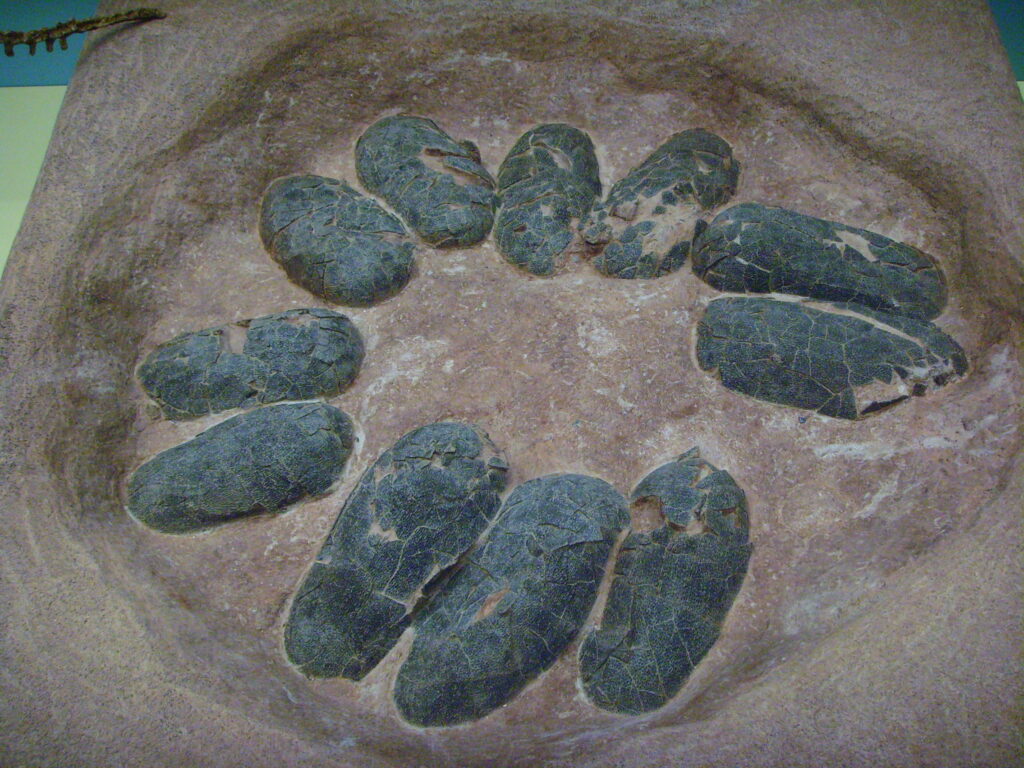
Grant’s harsh condemnation of Billy for stealing raptor eggs speaks to the ethical dimensions of paleontology that rarely make it into popular culture. For professionals and serious enthusiasts in the field, this scene highlights important issues about scientific responsibility and the consequences of exploiting natural resources for personal gain. The fossil trade presents real ethical challenges in paleontology—commercial collectors may damage sites, export specimens illegally, or deprive the scientific community of important discoveries by selling to private collectors. Grant’s reaction reflects the perspective of many academic paleontologists who view fossils as scientific data and cultural heritage rather than commodities. The line resonates with paleontology fans who understand the tension between academic research and commercial fossil hunting, a conflict that continues today with high-profile auction sales of dinosaur specimens. For many in the field, this moment in the film acknowledges that paleontology isn’t just about technical skills and knowledge but also involves ethical judgments about how we interact with the prehistoric record.
“All the theories about raptors’ intelligence, their social dynamics—they weren’t theories. They were true.”
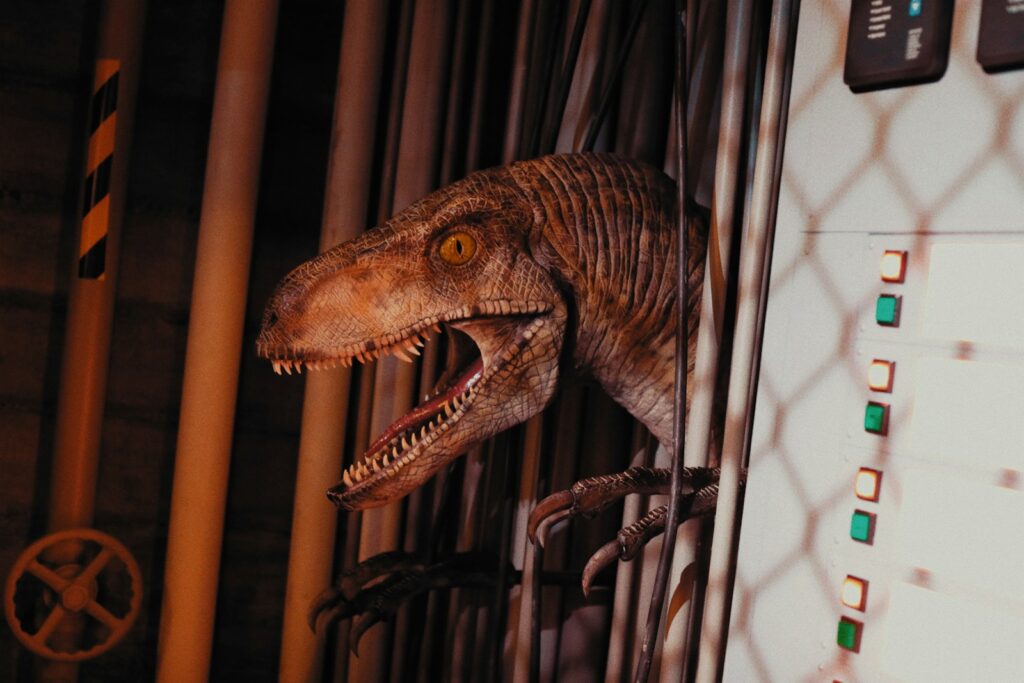
This reflection from Jurassic Park III represents something fascinating about paleontology—the gap between theoretical models based on fossil evidence and the impossible dream of observing living specimens. For paleontology enthusiasts, this line captures both the frustration and excitement of their field—working with incomplete evidence to reconstruct not just anatomy but behavior and ecology. While the film takes significant liberties with raptor intelligence, the basic concept of testing paleontological theories against living animals reflects how modern paleontologists use comparative anatomy and behavior from living relatives (birds and crocodilians) to inform their understanding of dinosaurs. The line also speaks to the inherent uncertainty in paleontological reconstruction—no matter how sophisticated our methods become, many aspects of dinosaur behavior remain educated guesses. This tension between evidence-based inference and the limitations of the fossil record is central to what makes paleontology challenging and intellectually stimulating for its practitioners. Many paleontologists have noted that while they can never truly know if their theories are “true” in the absolute sense Grant experiences, the accumulation of multiple lines of evidence can create increasingly robust and reliable models of prehistoric life.
“It’s a birdcage.”

Grant’s realization about the aviary in Jurassic Park III creates a moment where scientific knowledge provides a crucial plot insight. For paleontology enthusiasts, this scene reinforces the character’s expertise while highlighting the pterosaur-bird distinction that the general public often confuses. When Grant recognizes the structure as designed for flying creatures, he’s drawing on his specialized knowledge of prehistoric life—exactly what a paleontologist would contribute in such a scenario. The scene that follows, with Pteranodons attacking the group, unfortunately perpetuates some misconceptions about these animals as aggressive predators when they were likely primarily fish-eaters. However, the basic premise of featuring pterosaurs as distinct from dinosaurs represents a level of taxonomic accuracy often missing from prehistoric portrayals. Many paleontology fans appreciate that the film acknowledges pterosaurs as a separate but contemporaneous group of reptiles rather than lumping all prehistoric creatures together as “dinosaurs.” This distinction reflects the scientific classification systems that organize our understanding of evolutionary relationships and represents the kind of technical knowledge that paleontologists value and work to communicate to the public.
“Mr. Hammond, after careful consideration, I’ve decided not to endorse your park.”

This dry, understated line delivered after nearly being killed multiple times has become one of the most quoted moments from the original film, beloved for its perfect comedic timing. For paleontology enthusiasts, this quote represents something deeper—the tension between scientific curiosity and ethical responsibility. Grant begins the film willing to accept Hammond’s funding despite reservations, a situation familiar to many researchers navigating the complicated landscape of scientific funding. His journey through the park and final rejection of the project despite its scientific marvels represents the ethical dimensions of science that extend beyond pure discovery. Many paleontologists face similar ethical questions in their careers, particularly regarding commercial influences on research, public safety considerations, and environmental impacts of their work. The line has become something of an inside joke among scientists when discussing problematic research proposals or potentially dangerous applications of technology. Grant’s character arc from financial pragmatist to ethical stand-taker resonates with many scientists who navigate the complex relationship between pursuing knowledge and considering its consequences.
“If I were you, I’d take a job in San Jose. They’ll build anything in San Jose.”

When speaking with a graduate student about future prospects in paleontology, Grant offers this pessimistic career advice, highlighting the chronic funding challenges facing the field. For paleontology enthusiasts, especially those considering it as a career path, this line hits close to home. The struggle to secure research funding, academic positions, and field expedition support remains a significant challenge in paleontology today. Grant’s cynical suggestion to pursue engineering or technology instead reflects a reality that many passionate students face when weighing their love for paleontology against practical career considerations. The quote has become a rueful inside joke among paleontologists who have experienced the frustration of grant rejections, budget cuts, or limited job opportunities despite their specialized expertise. Despite these challenges, the field continues to attract dedicated researchers driven more by passion than financial incentives. Many paleontology fans appreciate this moment of candor about the fiel

